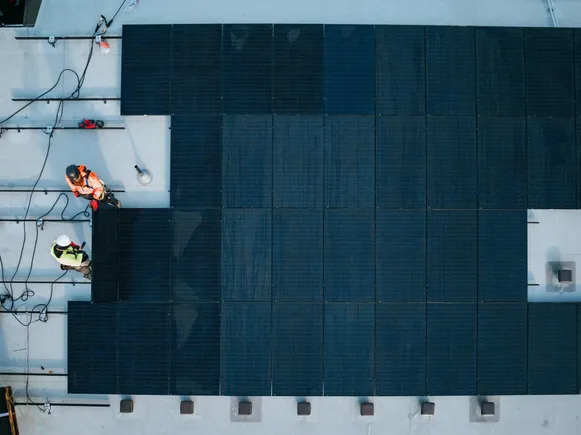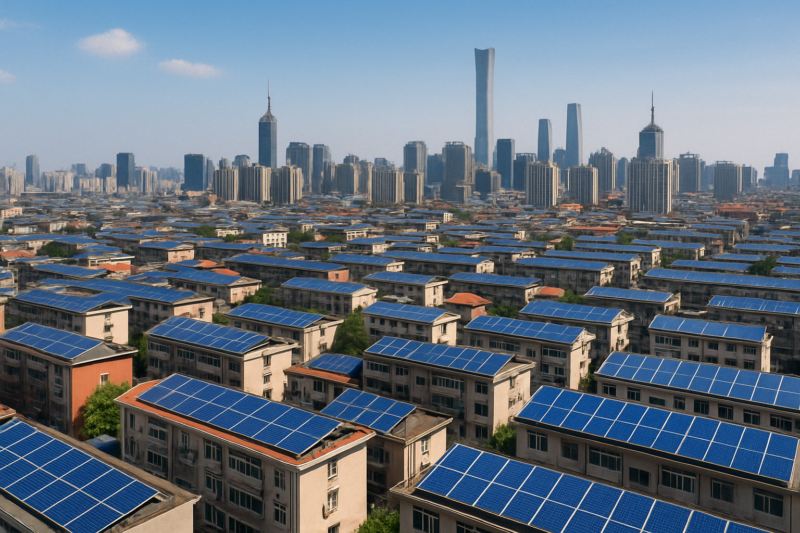Constructing Oxygen Vacancy to Stable Anionic Redox Reaction for High Energy Sodium Battery
Advanced Energy Materials, EarlyView.

Oxygen vacancies can be generated during sintering drive phase transitions in Na─Mn─O composites, controllable by sintering atmosphere and duration. The LO/VO (lattice oxygen/ oxygen vacancy) ratio is a key descriptor for phase content. The NMO-Air (Na2Mn3O7, P2, O'3) shows a higher specific capacity (245 mA g⁻¹) and energy density (596 Wh kg⁻¹) than single-phase counterparts.
Abstract
Constructing heterostructure for synergistic effect plays an indispensable role in enhancing the energy density and cycling stability of layered oxide for sodium-ion batteries. However, the mechanisms of heterostructure formation and synergistic effects remain inadequately understood. In this study, the strategy of controlling oxygen vacancies is carried out based on Na2Mn3O7 cathode material. The formation of oxygen vacancy can change the coordination environment of Mn and Na+ occupancy between MnO2 layers, which is a significant driving force for structure transitions. Furthermore, the ratio of lattice oxygen to vacancy oxygen (LO/VO) demonstrates a distinct nonlinear relationship with the structural proportion in heterostructure materials, which can be used as a critical descriptor for evaluating the structural proportion. The obtained heterostructure with Na2Mn3O7 (P1¯${\rm{P\bar 1}}$, 55 wt.%), P2-Na0.67MnO2 (P63/mmc, 40 wt.%) and O′3-NaMnO2 (C/2 m, 5 wt.%) retains anionic redox characteristics, exhibits a high specific capacity of 245 mAh g−1 with an energy density of 596 Wh kg−1. The formation of heterogeneous interfaces provides numerous Na+ insertion/extraction sites and the presence of a minor amount of O′3-NaMnO2 effectively mitigates the Jahn-Teller effect at low voltages, enhancing structural stability. This work offers new insights into the rational design and application of heterostructure layered oxide cathodes.

































































































































































.jpg)








